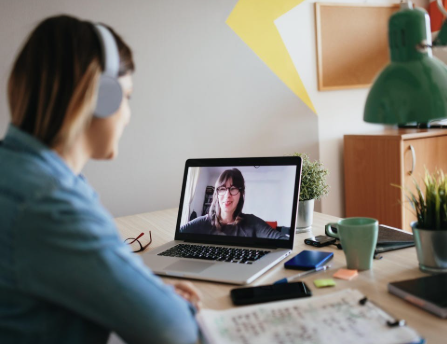Blended learning has become a powerful approach to education, combining the best of in-person instruction with the flexibility of online learning. When thoughtfully implemented, blended learning models can enhance student engagement, personalize instruction, and support deeper understanding. While no one-size-fits-all solution exists, several proven models have emerged that show consistent success in diverse learning environments.
One of the most widely used approaches is the Rotation Model, where students rotate between different learning stations—such as teacher-led instruction, group activities, and independent work on digital platforms. This structure offers variety, keeps students active, and allows teachers to work with small groups or individuals for targeted instruction.
Another effective strategy is the Flipped Classroom Model. In this setup, students engage with instructional content—such as videos or readings—at home, and then use class time for hands-on activities, problem-solving, and collaboration. This model promotes active learning and gives teachers more time to support students directly.
The Flex Model focuses on self-paced learning through digital tools, with teachers offering support as needed. Students progress at their own speed, allowing for more personalized paths. This approach works well in environments where students are ready for greater independence and where strong digital infrastructure is available.
A La Carte Models allow students to take one or more courses entirely online in addition to their in-person classes. This can be helpful in expanding access to specialized subjects or advanced coursework not available at the local school. It also provides flexibility for students balancing school with other responsibilities.
In schools that emphasize autonomy, the Enriched Virtual Model offers a mostly online experience with occasional face-to-face sessions. This hybrid approach works well for students who are motivated and capable of managing their schedules but still benefit from occasional in-person check-ins or labs.
The success of any blended learning model depends on thoughtful design. Schools need to ensure clear expectations, high-quality digital content, and meaningful teacher-student interactions. Professional development and ongoing support are essential so that teachers feel confident using technology and adapting instruction.
Blended learning also benefits from strong assessment and feedback systems. Online tools can provide instant insights into student progress, helping educators adjust instruction and offer timely support. When combined with in-person assessments and observations, this creates a well-rounded understanding of student learning.
In conclusion, blended learning models offer exciting possibilities for modern education. By combining structure with flexibility, and digital tools with human connection, these models help educators meet diverse student needs while preparing learners for future success. With the right planning and support, blended learning can truly transform how we teach and learn.














